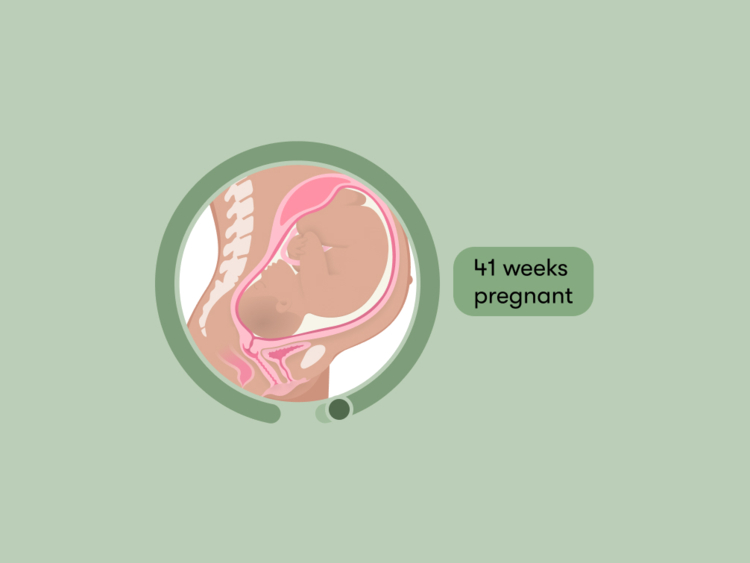At 41 weeks pregnant, your due date may have come and gone, and you’re officially considered late term. You may have had your suspicions as to whether your baby would have been born “on time” or a little later. It can be a fun guessing game at your baby shower to predict when your baby will make their appearance, but passing this milestone can feel less like a game at this point and more frustrating.
While your doctor will have told you your due date as a general guide, many pregnancies enter week 41, and only around 5% of babies are born on their given due date. Dr. Allison K. Rodgers, reproductive endocrinologist, obstetrician, and gynecologist at Fertility Centers of Illinois, US, suggests looking at the last days and weeks of pregnancy as more of a due month rather than a specific date.
You’ll likely be in touch with your health care provider at 41 weeks pregnant to discuss your best next move. So between reading up on labor and delivery to learn about induction, here’s the lowdown on being 41 weeks pregnant.
Your baby at 41 weeks pregnant
Baby is almost ready to be born
At 41 weeks pregnant, your baby is ready to be born. Throughout the latter weeks of your third trimester, they’ve been gaining weight to prepare them for life in the outside world, but by 41 weeks, this rapid growth period has ended.
You might be curious as to whether there are any other changes that will happen with your baby this late into pregnancy. Your baby’s crucial organs and systems will have developed at this point and will continue to mature once they’re born.
While their skin is no longer translucent, many babies will have lost the creamy protective layer on their skin called the vernix caseosa, and the small downy hairs that kept them warm and acted as another protective layer (called the lanugo) may also have fallen out. This can mean that some babies who are born at 41 weeks can have red, dryer skin as they aren’t protected from the amniotic fluid anymore. Don’t be alarmed by this. Your baby doesn’t need to start using cocoa butter. This red layer of skin will peel in the first few days after they’re born, with a softer layer underneath.
How big is a baby at 41 weeks?
Length (crown to heel): 52 cm or 20.5 in
Weight: 3.8 kg or 8.3 lb
Size: Equivalent to a watermelon
All measurements are approximate and vary within the normal range.



